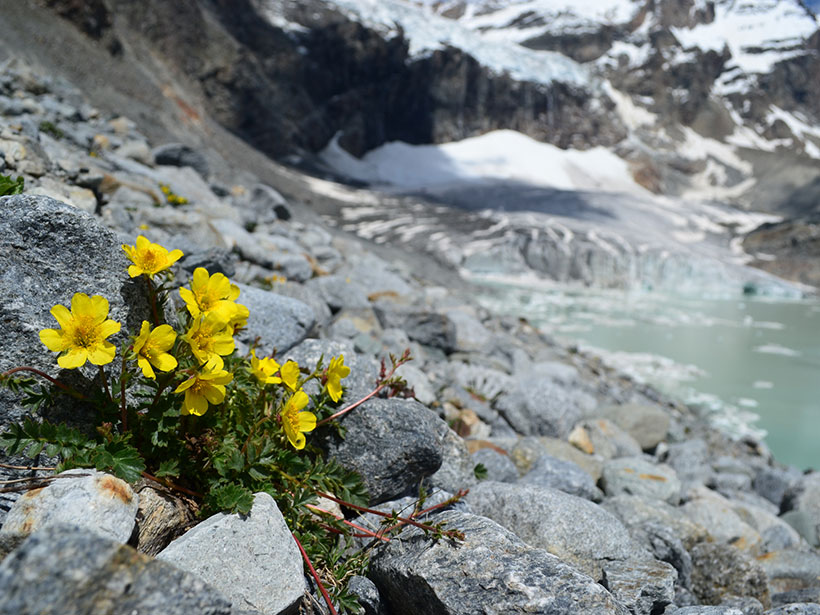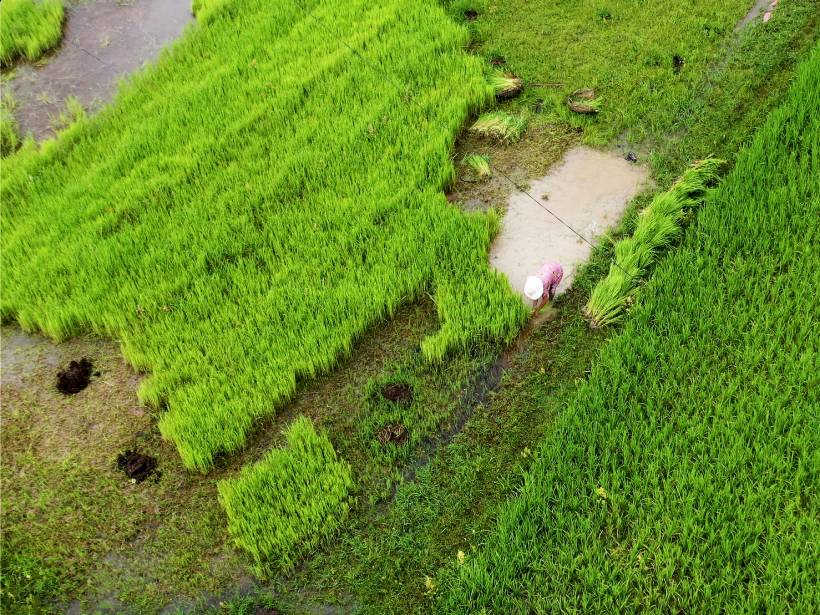The auroral feature, first spotted by amateur astronomers in 2015, likely traces high-altitude atmospheric waves.
News
Global Warming Could Rob Liquors of Their Flavor
A new study examines the impact of glacial extinction on biodiversity in alpine regions.
Half of Earth’s Nitrogen May Be Homegrown
A new analysis of iron meteorites reveals a distinct isotopic signature that suggests nitrogen was present around early Earth.
Development and Climate Change Contribute to a Himalayan Tragedy
Infrastructure projects like roads and dams destabilize slopes and compound the effects of glacial floods and avalanches, scientists say.
Climate Change May Reduce Children’s Diet Diversity
Researchers synthesize climate and health data to statistically quantify the relationship between diet diversity and climate variables.
The Surprising Source of Greenhouse Gas Emissions
Changing the way emissions are tallied may help litigators focus on the worst climate offenders and shape mitigation.
A Promising Forecast for Predictive Science
A new U.S. Geological Survey report outlines how emerging technologies and cross-disciplinary collaborations are expected to empower new tools for managing hazards and resources.
Using Big Data to Measure Environmental Inclusivity in Cities
Lower-income urban communities bear the brunt of environmental burdens, even in wealthy green cities around the world.
When Climate Adaptation Intervention Risks Further Marginalization
Many climate adaptation interventions focus excessively on the effects of climate change and less on examinations of what drives vulnerability.
Weighing Inputs of Waves and Precipitation to Coastal Erosion
Conducting weekly lidar surveys of coastal cliffs for 3 years enabled a California team of coastal erosion researchers to quantify and separate marine effects from subaerial effects.










